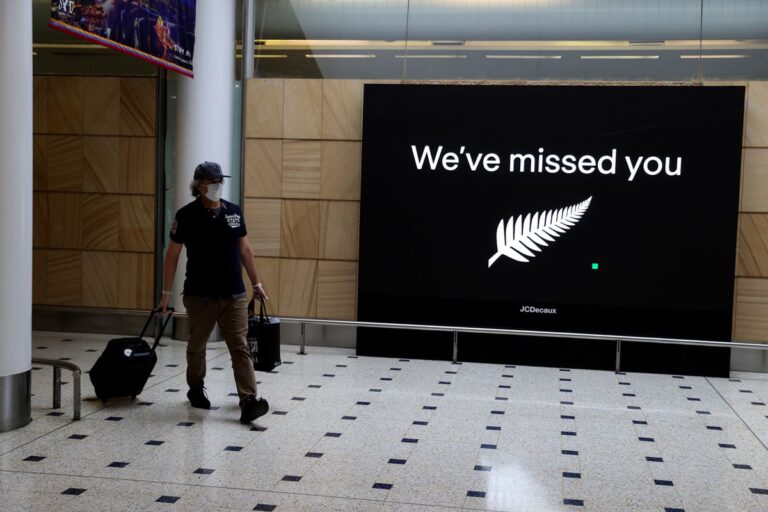
(Reuters) — A testing and quarantine free travel bubble between Australia and New Zealand launched with lopsided demand, according to airlines and data firms, with an unusually high number of the travellers departing from Australia.
The initial results from Asia’s first restriction-free travel bubble since the pandemic hit, which opened on Monday, showed that travel patterns can depart from their norms after such a long closure and may take time to return to normal.
“Right now, it’s one-way traffic, with almost three times as much travel going to New Zealand as in the opposite direction,” said Olivier Ponti, vice president insights at travel data firm ForwardKeys.
Before the pandemic hit, travel between the countries was relatively equal despite Australia having a population around five times as large as New Zealand.
In 2019, 1.5 million Australians travelled to New Zealand, while 1.4 million New Zealanders travelled to Australia, according to their respective tourism marketing organisations.
Ticketing from April 6 to 12 for travel from New Zealand to Australia recovered to 27% of the volume seen in the same period in 2019, while the opposite direction recovered to 69% of the 2019 level, according to ForwardKeys data provided to Reuters.
Ponti said the initial travel rush from Australia to New Zealand was probably partly explained by there being around 600,000 New Zealanders living in Australia versus 60,000 Australians living in New Zealand, as well as Australians looking to head to New Zealand’s ski fields for holidays.
Air New Zealand Ltd. said of the 5,200 passengers booked on Monday, 59% were travelling to New Zealand.
Qantas Airways Ltd. Chief Executive Alan Joyce said last week that demand from the New Zealand end had been sluggish relative to that from Australia, though he expected it would pick up within a few months.
Qantas plans to run 83% of its pre-COVID capacity between Australia and New Zealand, while Air New Zealand is flying 70%.
Before the pandemic, around 20% of traffic between the countries was comprised of international tourists from places such as the United States and China, Joyce said.






